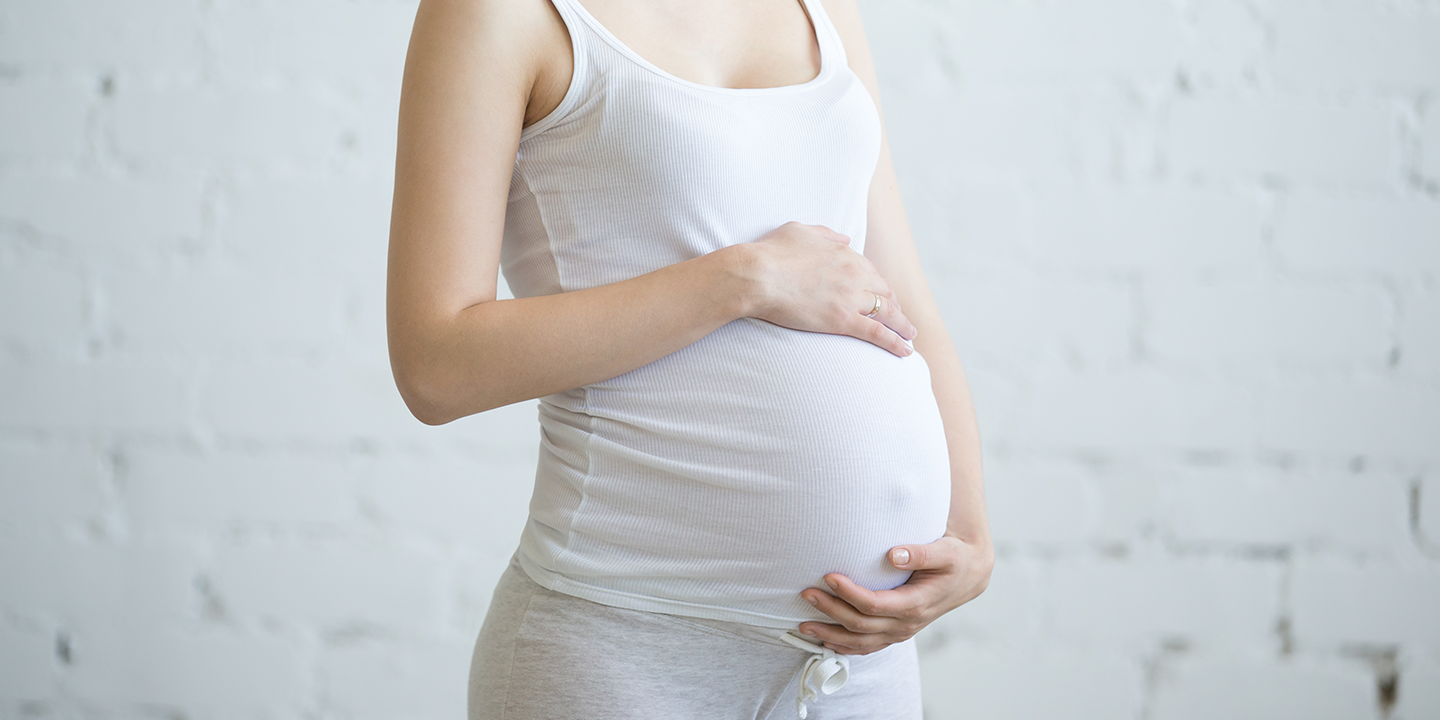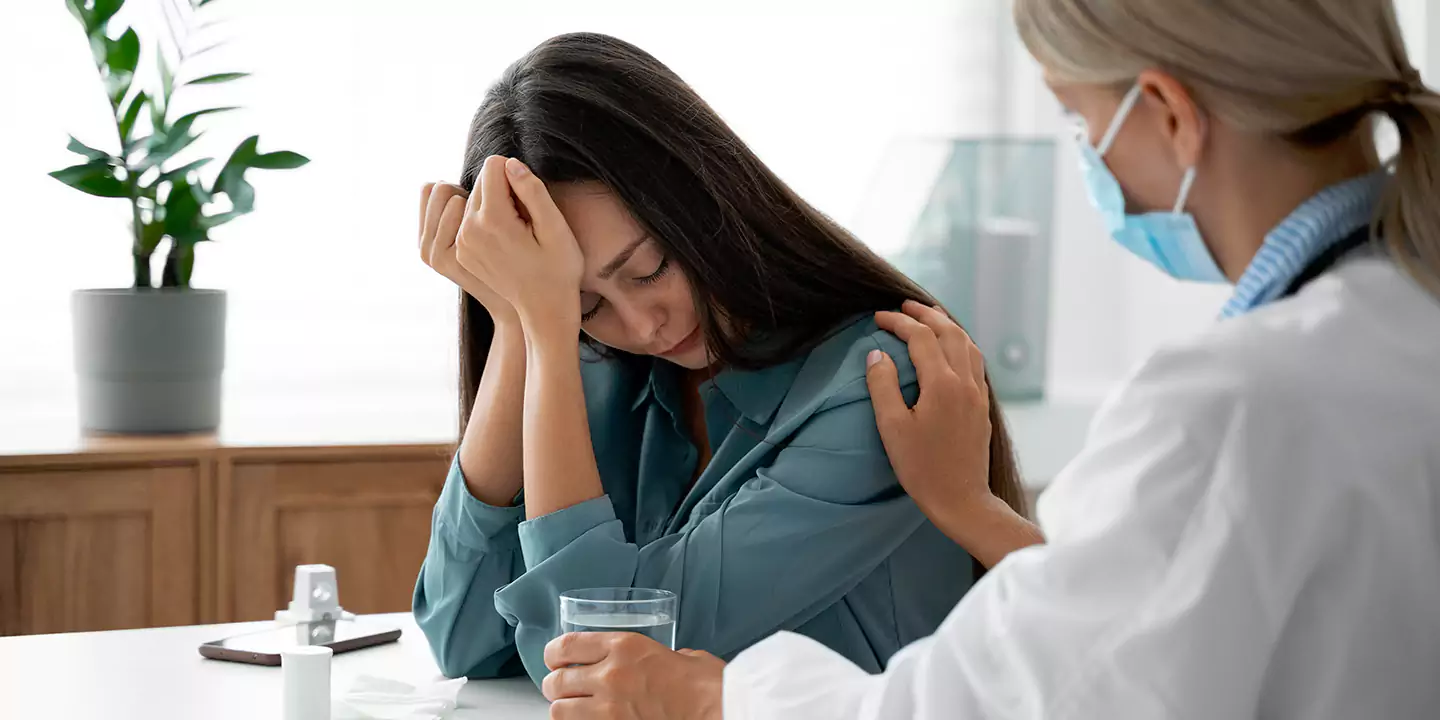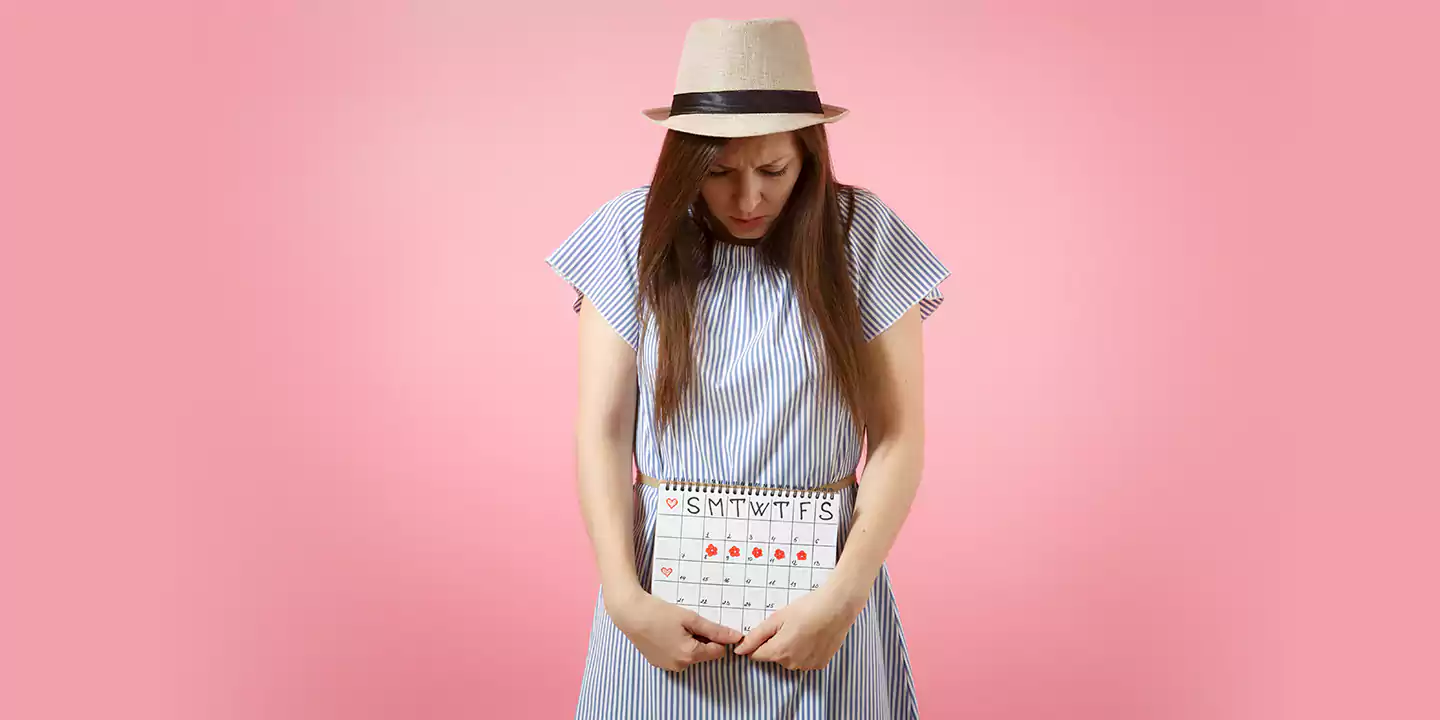
Congratulations on reaching week 35 of your amazing pregnancy. It’s likely that you’re experiencing a combination of excitement and suspense as you go towards the finish line. We’ll discuss the symptoms, provide helpful advice, and examine your baby’s incredible progress around 35 weeks pregnant in this blog. Together, let’s take this trip to learn more about your pregnancy’s crucial third trimester.
Related Blog: 34 Week Pregnant: Symptoms, Tips, And Baby Development
In this Article
35 Week Pregnant – Baby Development
Your baby is undergoing tremendous development as you reach your 35th week of pregnancy in preparation for delivery:
- Size: Your baby is rapidly filling out and growing and it measures around 18 inches from head to toe and weighs at least 5.5 pounds.
- Skin: The skin is smoothing out and the red colour is slowly disappearing.
- Limb Coordination: The ability of your baby to coordinate his or her limbs is developing, allowing them to move more deliberately, stretching and flexing their limbs.
- Reflexes: Your baby’s well-developed reflexes, like sucking, swallowing, and blinking, allow him or her to practise these critical skills.
- Brain Development: With millions of neurons connecting, the brain is continually growing. The groundwork for future development and learning is laid here.
- Hiccuping: You could find that the baby hiccups more regularly. As kids practise breathing, this reaction is typical and usual.
While these stages of development give you a basic sense, it’s crucial to keep in mind that every pregnancy is different and that your baby’s adventure is a unique tale.
Related Blog: 8 Surprising Things Unborn Babies Usually Do In The Womb
35 Week Pregnant Is How Many Months?
You are around 8 months and 1 week into your amazing journey to parenthood as you reach your 35th week of pregnancy. It’s crucial to remember that pregnancy typically measures in gestation weeks, and each month’s duration might vary somewhat. You’re already far into the eighth month of your pregnancy, and there are only a few weeks left.
Your baby’s growth is happening quickly at this point. While your body prepares for labour and delivery, they are preparing for life outside the womb. Let’s look at what’s going on at this amazing stage of your pregnancy.
Related Blog: 33 Week Pregnant: Symptoms, Tips, And Baby Development
35 Week Pregnant Symptoms
At 35 weeks pregnant, you could encounter the following symptoms:
- Increased Appetite: Because your body is working so hard to support your developing kid, you may feel more hungry than usual.
- Nesting Instinct: You can have a strong drive to clean, organise, and make ready for the birth of your child.
- Pelvic Pressure: Your baby’s head may press into your pelvis, increasing pressure. This might make prolonged standing and walking unpleasant.
- Swollen Gums: Hormonal fluctuations can have an impact on your gums, causing them to become more sensitive, bleed more frequently, or swell.
- Itchy Skin: The skin surrounding your abdomen and breasts may become uncomfortable as a result of straining as your tummy swells.
- Haemorrhoids: Haemorrhoids can develop due to elevated blood flow or pressure on the rectum, which can be painful, itchy, and uncomfortable.
- Backaches: As the baby gains weight, the strain on your spine may cause backaches.
- Contractions: Pre-labour contractions, which are stronger and more frequent than Braxton Hicks contractions, may also be felt during pregnancy. Call your doctor if they start to happen more frequently or are more severe.
Tips For 35 Week Pregnant
Here are some particular pointers for expectant mothers at 35 week pregnant:
- With your doctor, go through your choices for labour and delivery, including your pain-management options.
- To keep hydrated, sip lots of water during the day.
- Attending birthing classes could be a good idea. These can offer useful knowledge about childbirth and postpartum care.
- Utilise the extra energy from nesting instincts to get your house ready by baby-proofing, organising the nursery, and preparing for baby’s arrival
- Keep yourself informed on preterm labour symptoms and what you can do if you encounter them.
- With your support system—your spouse, family, or friends—discuss your thoughts, worries, and any last-minute arrangements.
- Engage in soothing activities like meditation or prenatal yoga to pamper yourself
Related Blog: 32 Week Pregnant: Symptoms, Tips, and Baby Development
Takeaway
Your baby is nearly prepared to arrive as you approach the 35th week of your pregnancy. Back discomfort, oedema, and heartburn are some signs that your body is having these problems. Put yourself first, drink enough of water, and get enough sleep. It’s crucial to keep an eye on the movements of your baby and go to your prenatal appointments frequently.
Prepare for labour and delivery by gathering the hospital bag and talking with your doctor about your birthing preferences. In order to provide the greatest care for both you and your unborn child, seek the expert advice and assistance of Queen’s Gynecology during your pregnancy.
Summary
You are far into your third trimester at 35 weeks pregnant, and your unborn child is preparing for the big arrival. Along with symptoms like worsening heartburn and back discomfort, you could also start to feel more excited. Put yourself first, drink plenty of water, and concentrate on getting ready for labour and delivery. Keep a close eye on yourself and seek medical advice as soon as possible since your baby is just here.
| Week | Pregnancy Symptoms | Tips and Advice | Baby Development |
|---|---|---|---|
| Week 1 | – Missed period | – Take a home pregnancy test | – Fertilization occurs |
| Week 2 | – Tender breasts | – Begin taking prenatal vitamins | – Blastocyst implants in the uterus |
| Week 3 | – Fatigue | – Schedule your first prenatal visit | – Embryonic development begins |
| Week 4 | – Morning sickness starts | – Avoid alcohol, smoking, and caffeine | – Neural tube forms |
| Week 5 | – Increased urination | – Eat a balanced diet | – Heart starts beating |
| Week 6 | – Mood swings | – Stay hydrated | – Brain and head development |
| Week 7 | – Constipation | – Start gentle exercise | – Limb buds form |
| Week 8 | – Food cravings | – Get plenty of rest | – Webbed fingers and toes develop |
| Week 9 | – Weight gain begins | – Avoid raw or undercooked foods | – Tail disappears, now considered a fetus |
| Week 10 | – Visible baby bump | – Wear comfortable clothing | – Organs continue to develop |
| Week 11 | – Darkened areolas | – Practice relaxation techniques | – Baby can swallow and produce urine |
| Week 12 | – Reduced nausea | – Consider prenatal classes | – Sex organs distinguishable |
| Week 13 | – Increased energy | – Continue regular check-ups | – Baby’s fingerprints form |
| Week 14 | – Less frequent urination | – Plan for maternity leave | – Baby’s facial muscles develop |
| Week 15 | – Quickening (baby moves) | – Do pelvic floor exercises | – Baby can make facial expressions |
| Week 16 | – Round ligament pain | – Stay active with low-impact exercises | – Develops sense of hearing |
| Week 17 | – Nasal congestion | – Consider a prenatal massage | – Baby’s skeleton starts hardening |
| Week 18 | – Belly button changes | – Stay well-hydrated | – Vernix caseosa covers the skin |
| Week 19 | – Braxton Hicks contractions | – Eat small, frequent meals | – Baby’s kicks become stronger |
| 20 | – Leg cramps | – Begin monitoring baby’s movements | – Baby is covered in lanugo (fine hair) |
| Week 21 | – Shortness of breath | – Sleep on your side | – Eyebrows and eyelashes appear |
| Week 22 | – Linea nigra (skin darkens) | – Practice relaxation techniques | – Rapid brain development |
| Week 23 | – Backache | – Consider prenatal yoga or swimming | – Baby can recognize your voice |
| Week 24 | – Swollen ankles | – Elevate feet when sitting or lying | – Lungs continue to mature |
| Week 25 | – Increased appetite | – Continue regular prenatal check-ups | – Baby may respond to loud noises |
| Week 26 | – Heartburn | – Sleep with extra pillows for support | – Eyes open for the first time |
| Week 27 | – Braxton Hicks intensify | – Pack your hospital bag | – Baby can hiccup |
| Week 28 | – Trouble sleeping | – Monitor blood pressure | – Baby’s kicks become more regular |
| Week 29 | – Shortness of breath | – Avoid lifting heavy objects | – Baby’s bones fully developed |
| Week 30 | – Swollen hands | – Stay hydrated and avoid salt | – Baby may be head-down in preparation for birth |
| Week 31 | – Increased vaginal discharge | – Take childbirth classes | – Baby’s immune system develops |
| Week 32 | – Hemorrhoids | – Practice perineal massage | – Baby’s toenails and fingernails grow |
| Week 33 | – Trouble finding a comfortable position to sleep | – Rest and nap when possible | – Baby’s bones start to harden further |
| Week 34 | – Frequent urination | – Prepare for maternity leave | – Baby’s central nervous system matures |
| Week 35 | – Braxton Hicks increase | – Avoid prolonged standing or sitting | – Baby’s skin becomes less wrinkled |
| Week 36 | – Pelvic pressure | – Finalize birth plan | – Baby continues to gain weight |
| Week 37 | – Lightening (baby drops) | – Stay active with walking | – Baby’s head positions for birth |
| Week 38 | – Fatigue increases | – Do pelvic exercises | – Baby’s lungs are fully mature |
| Week 39 | – Cervix effacement | – Rest and conserve energy | – Baby’s immune system continues to develop |
| Week 40 | – Contractions begin | – Monitor contractions | – Baby’s digestive system is ready for breast milk |
| Week 41 | – Dilation of cervix | – Stay calm and patient during labor | – Baby’s head molds to fit through the birth canal |

























































































































































































